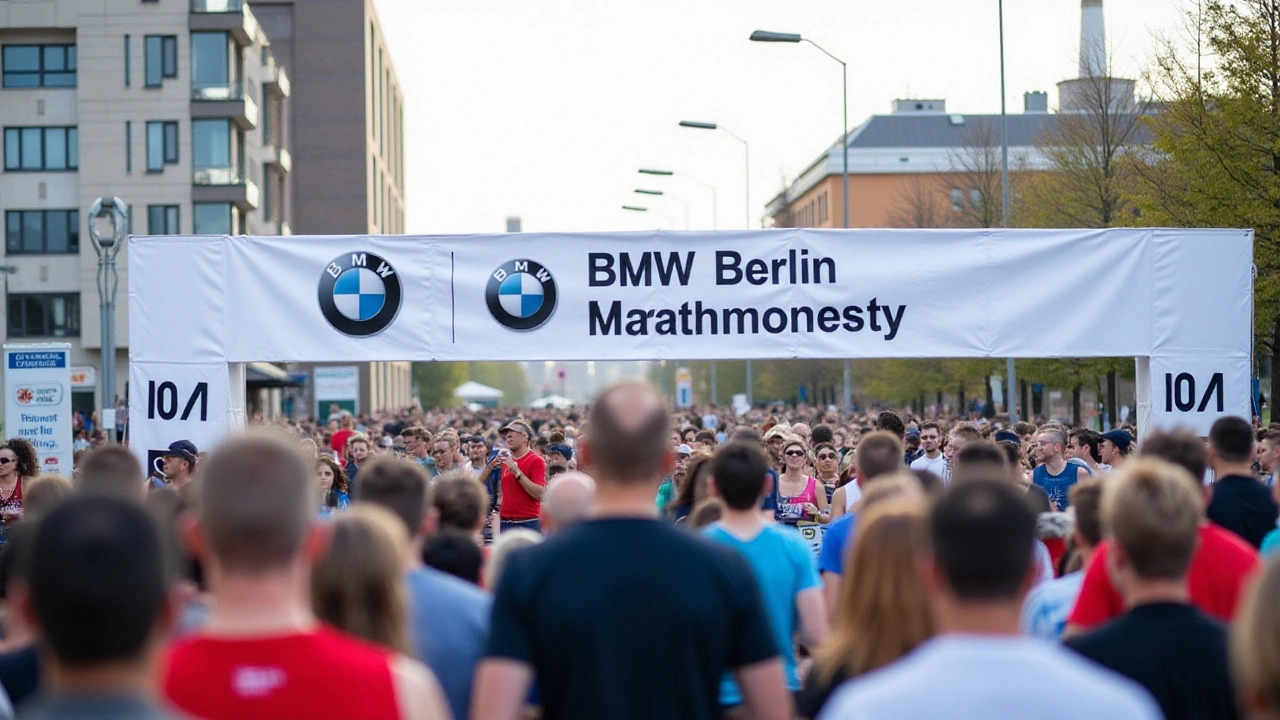Marathon results: read times, splits and find live updates
Want to know who won, who set a personal best, or where your friend placed? Marathon results can look confusing at first, but once you know the basics you’ll find what you need fast. This guide shows you how to read official results, spot the difference between gun and chip time, and use live trackers like a pro.
Understand the times: gun time vs chip time
Gun time starts when the race gun fires. Chip time measures from when a runner crosses the start mat. Big races publish both. Gun time decides official placings in championship settings, while chip time shows your actual effort if you started farther back.
Splits tell the story of a race. Most events list splits at 5K, 10K, half and 30K (or similar). Look for negative splits (second half faster than the first) as a sign of smart pacing. Pace per kilometer or mile helps compare runs across different courses.
How to find and read results quickly
Search by bib number, full name, or country. Organisers usually post a searchable live-results page on race day. If live tracking is available, you’ll get timestamps for each split and an estimated finish time. Signup for SMS or email alerts before the race if you want instant notifications.
Check three places for accuracy: the organiser’s official results, the timing company feed, and the race’s social channels. Timing companies handle data collection and often fix small errors faster than organisers. If a result looks wrong, most events have a corrections form or a results contact email—use it.
Know the abbreviations: DNS = did not start, DNF = did not finish, DQ = disqualified. PB = personal best, NR = national record. These labels help you understand headlines without digging into raw numbers.
Age-group results matter if you compete in masters categories. Races list overall position and then break down results by age and gender. That’s where many runners find podium places even if their overall rank is mid-pack.
Course certification and records: only times from certified courses count for official records. Look for mentions of World Athletics labels or national federation approval if you’re tracking record attempts or qualifying times for events like the Olympics or major marathons.
Where to follow African marathons: organisers of races like the Comrades Marathon, Two Oceans, Cape Town Marathon and Nairobi Marathon post full results on race day. Local federations and the race’s timing partner are the fastest sources for splits and official standings.
Practical tips: bookmark the race’s results page before race day, save your runner’s bib number, and refresh the page sparingly—many sites auto-update. If you want a post-race certificate, look for a “download my result” or “finish certificate” link on the official results page.
Got a dispute about a place, time or missing split? Contact the timing company first with your bib, finish time and a short explanation. Keep screenshots and any tracking emails—you’ll need proof if organisers ask for it.
Use these pointers next time you check marathon results and you’ll find the info you want faster. Follow CottonCandi News for updates on major races and results across Africa and beyond.



